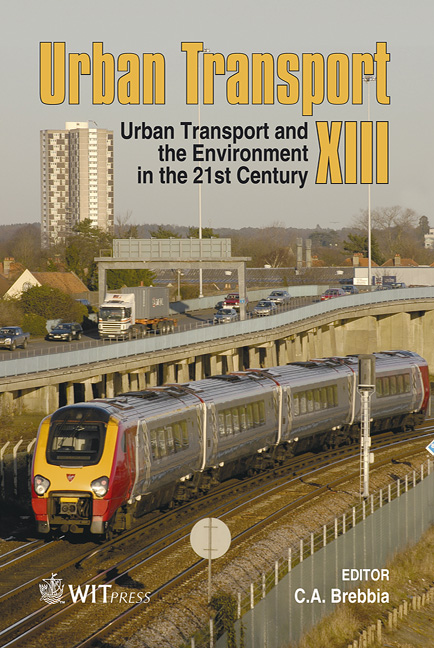A New Method For 3-dimensional Roadway Design Using Visualization Techniques
Price
Free (open access)
Transaction
Volume
96
Pages
10
Published
2007
Size
1,811 kb
Paper DOI
10.2495/UT070131
Copyright
WIT Press
Author(s)
G. Karri & M. K. Jha
Abstract
Traditionally, geometric design of roadways is a two-stage process in which the horizontal alignment is designed first and then the vertical alignment is designed based on the former. A design change in horizontal alignment will affect the vertical alignment design. Also, the traditional two-stage road design may lead to critical design errors, such as a section of the road with a vertical valley curve and a sharp horizontal curve together will lead to an illusion of a lesser sharp horizontal curve when driving. This is due to the fact that the vertical curve may be overlooked as it cannot be traced by the traditional two-stage design process. One can thus see that this two-stage process is cumbersome and subject to error. Literature review shows that this error-prone and cumbersome process can be improved by visualizing roads three dimensionally in a single stage. In this paper we propose a method in which the traditional two-stage design process can be reduced to a single-stage design process by developing a three-dimensional (3D) roadway using visualization techniques. The roadway is designed using elements like 3D lines and piecewise polynomials (splines). The design involves identifying control points on a given terrain, through which the roadway passes, and finding suitable 3D lines and/or splines that connect those control points. Mathematical formulations to calculate the 3D lines and splines are presented. The paper concludes with the discussion of the application of the proposed methodology to full-scale efficient roadway design and directions for future research. Keywords: roadway geometric design, visualization, splines, 3D.
Keywords
roadway geometric design, visualization, splines, 3D.





